Muslims all over the world celebrate Eid al-Adha, which means "the Feast of the Sacrifice." This holiday is honoring the willingness of Ibrahim (Abraham) to sacrifice his promised son Ishmael in an act of submission to God.
The celebration begins with a ritualistic prayer, followed by animal sacrifice.
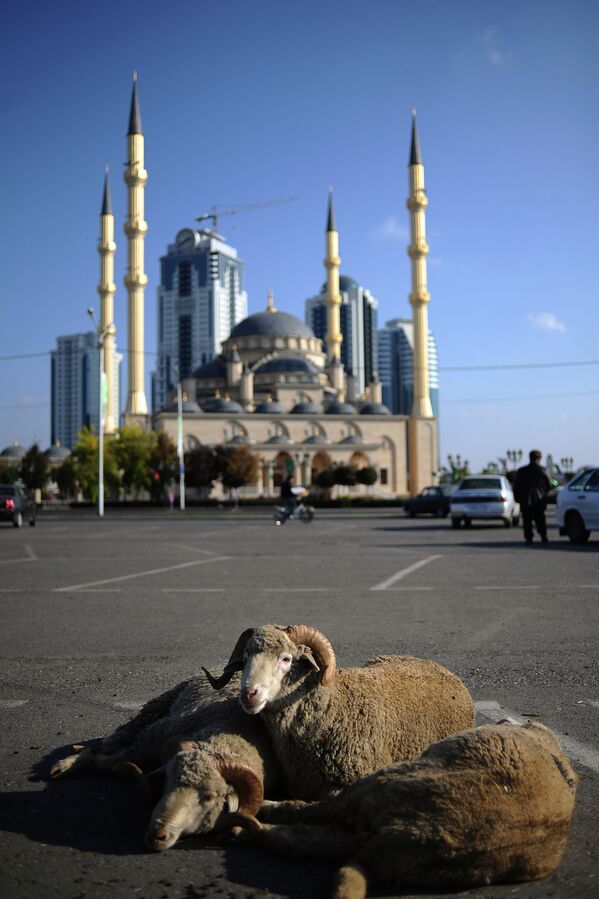
Muslims all over the world celebrate Eid al-Adha, which means "the Feast of the Sacrifice." This holiday is honoring the willingness of Ibrahim (Abraham) to sacrifice his promised son Ishmael in an act of submission to God.
Above: Sacrificial lambs being distributed at the square in front of Akhmad Kadyrov Mosque in Grozny, Chechnya.
Above: Sacrificial lambs being distributed at the square in front of Akhmad Kadyrov Mosque in Grozny, Chechnya.
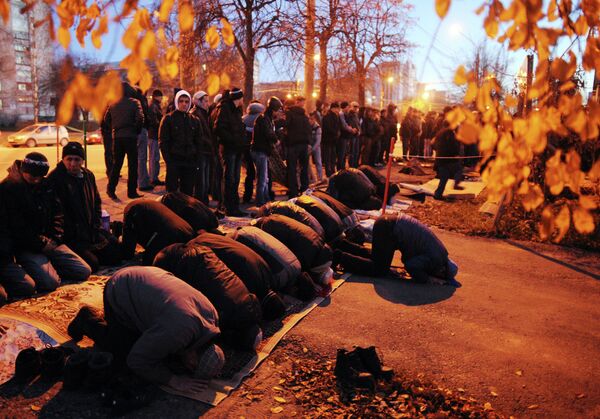
The celebration begins with a ritualistic prayer, followed by animal sacrifice.
Above: Muslims performing "namaz", a ritualistic prayer, on the eve of the Feast of the Sacrifice, near the Cathedral Mosque in Vladimir.
Above: Muslims performing "namaz", a ritualistic prayer, on the eve of the Feast of the Sacrifice, near the Cathedral Mosque in Vladimir.
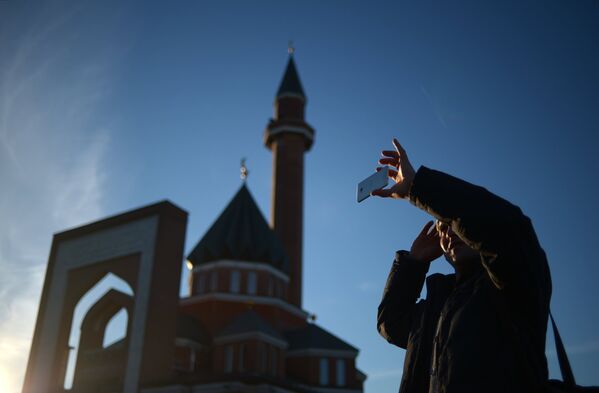
According to scripture, God instructed Ibrahim (Abraham) to kill his son. At the last possible moment, God intervened and instructed Ibrahim to sacrifice a ram instead.
Above: A Muslim is seen outside the memorial mosque on Poklonnaya Hill in Moscow during the Feast of the Sacrifice.
Above: A Muslim is seen outside the memorial mosque on Poklonnaya Hill in Moscow during the Feast of the Sacrifice.
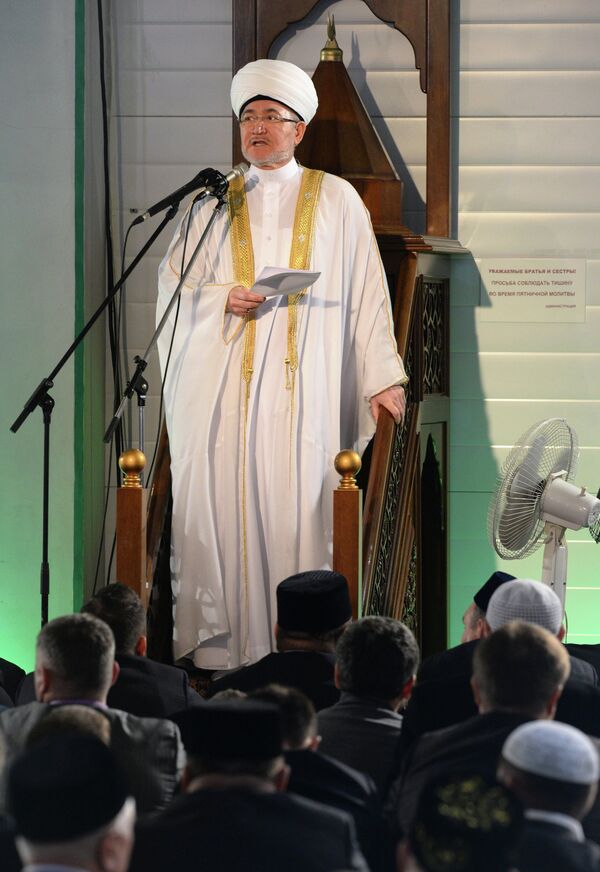
The story differs somewhat between the Abrahamic religions. Whereas in Christianity and Judaism, Abraham was instructed to sacrifice Isaac, the son of his wife Sarah, in Islam, Ibraham was instructed to kill Ismail, the son of his servant Hagar. In Christianity and Islam, the event is said to have occurred on the Temple Mount, but according to Muslims it took place on Mount Arafat, a granite hill east of Mecca.
Above: Ravil Gainutdin, Russia's Grand Mufti, in a mosque in Moscow on the day of the Feast of Sacrifice.
Above: Ravil Gainutdin, Russia's Grand Mufti, in a mosque in Moscow on the day of the Feast of Sacrifice.

In some Russian cities, including Moscow, the slaughter of animals is forbidden. Local believers must leave the city and go to specially designated areas where the animals are kept and the religious practice is condoned.
Above: Sacrificial sheep kept at Al-Marjani Mosque in Kazan during the Feast of the Sacrifice.
Above: Sacrificial sheep kept at Al-Marjani Mosque in Kazan during the Feast of the Sacrifice.
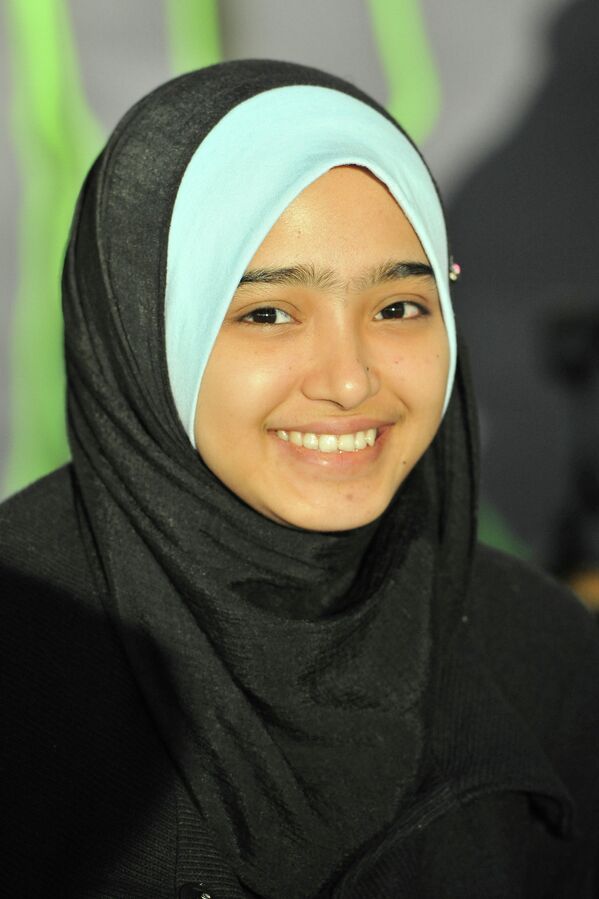
A Muslim woman during the Feast of Sacrifice in the closed pavilion of Sokolniki Exhibition Center.
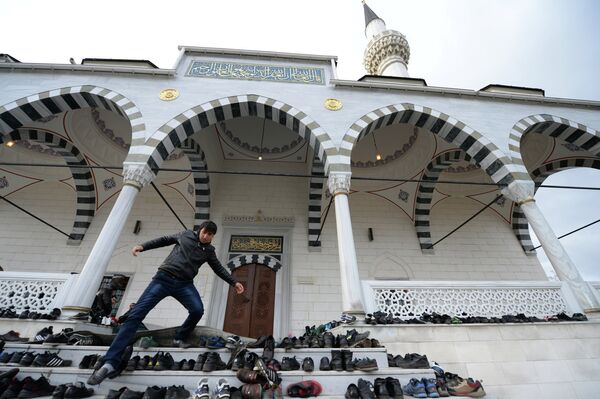
A man is seen outside the Copper Mosque of Ismail Al-Bukhari in Sverdlovsk Region during the Feast of the Sacrifice.
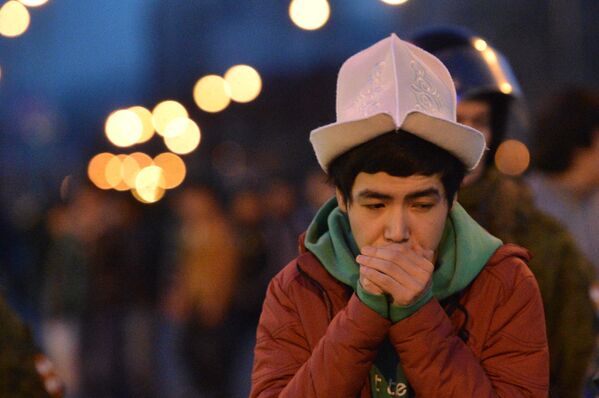
Muslims gather for the Feast of the Sacrifice at the square outside the Congregational Mosque in downtown Moscow.
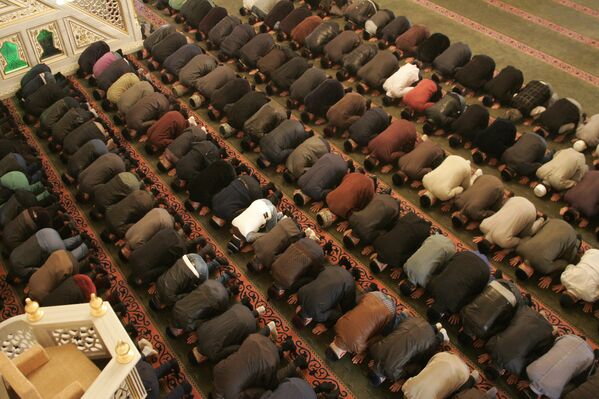
Muslims praying in Abdul Hamid Mosque in the village of Tsentaroy on the day of the Feast of the Sacrifice.
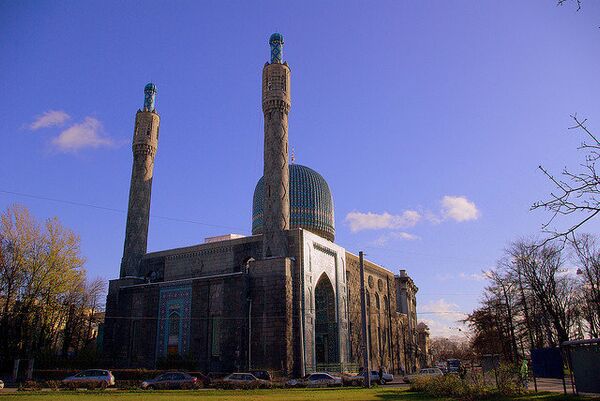
10/12
© Flickr / Andrey Korchagin
When it opened in 1913, the Saint Petersburg Mosque was the largest mosque in Europe; its minarets are 49 meters in height and the impressive dome rises 39 meters high. The mosque is situated in downtown St. Petersburg, so its azure dome is perfectly visible from the Trinity Bridge across the Neva. It can accommodate up to five thousand worshipers.
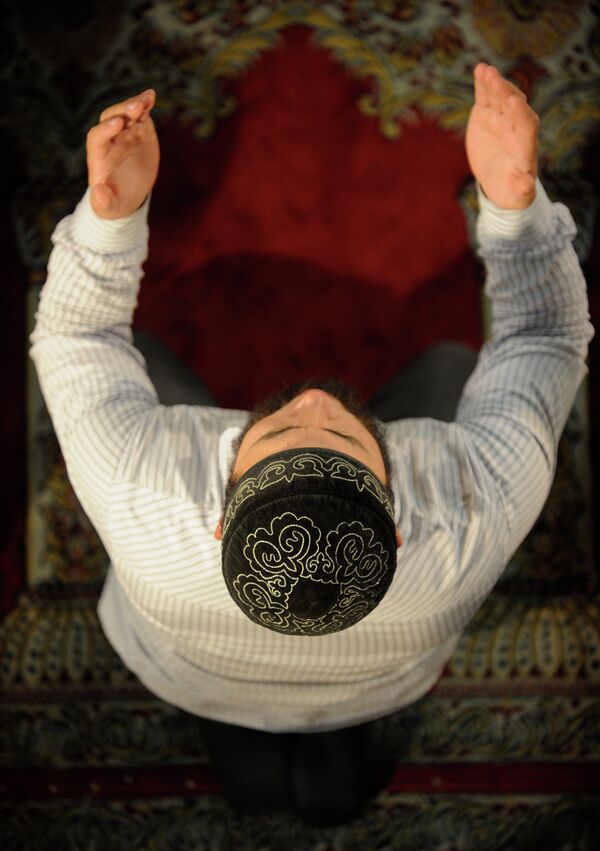
A Muslim praying in the Moscow Congregational Mosque during Eid al-Adha.
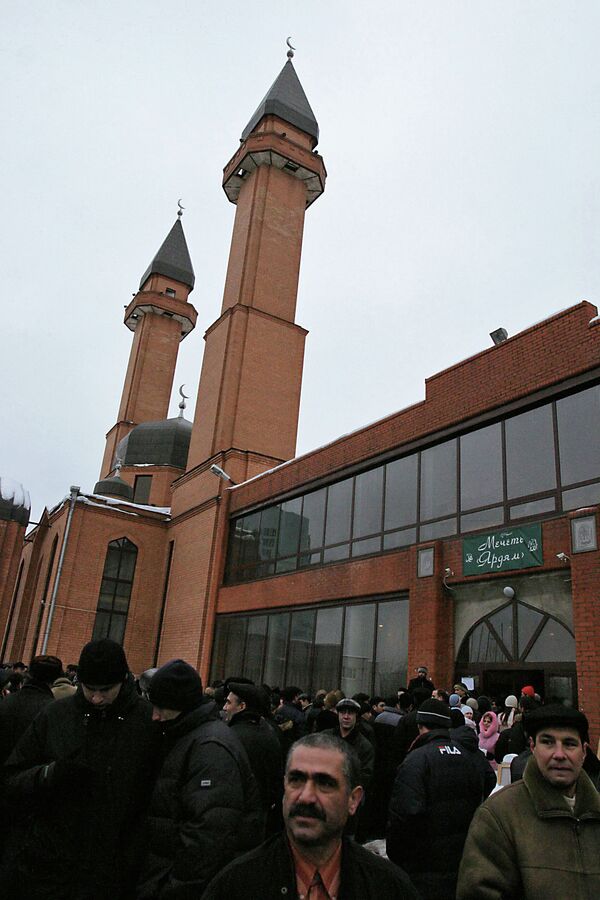
Above: Inam Mosque.

